11 Biggest Data Breaches in the World
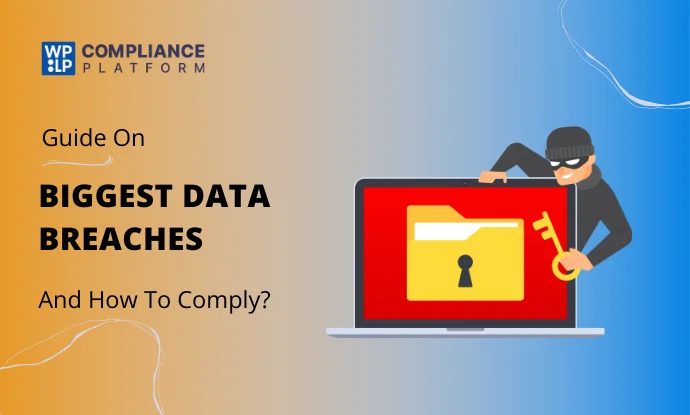
Discover the largest data breaches in history and how they exposed millions of users’ data.
Data breaches are a growing threat in our increasingly digital world. Each click, login, and transaction we conduct leaves behind data that, in the wrong hands, can be used against us.
Some of the largest data breaches in history have laid open millions—even billions—of individuals’ personal and financial data, leaving them open to identity theft, fraud, and even reputation damage.
But how do these breaches happen, and who is at fault? Are they entirely the work of malicious attacks, or do they also result from human mistake and lack of proper security?
In this article, we will delve into the 11 largest data breaches in the world, and we will reveal the circumstances behind these huge leaks, the takeaways, and the step-by-step measures you can use to safeguard your data.
Prepare to learn the startling facts behind these events.
- What is a Data Breach?
- Why Do Data Breaches Happen?
- Consequences of a Data Breach
- Most Significant Data Breaches in the World
- 1. Aadhaar Data Breach- 1.1 billion Indian citizens
- 2. LinkedIn- 700 Million Citizen
- 3. Capital One – 100 Million
- 4. Adobe- 153 Million User
- 5. First American Financial Corporation – 885 Million
- 6. Facebook – 533 Million Users
- 7. Yahoo- 3 Billion User
- 8. Equifax- 148 Million U.S. Citizens
- 9. MySpace – 360 Million Accounts
- 10. JPMorgan – 76 Million Households and 7 Million Small Businesses
- 11. Marriott International- 383 Million Guest Records
- How to Prevent a Data Breach
- FAQ
- Conclusion
What is a Data Breach?
A data breach is a security incident in which sensitive, confidential, or protected data is accessed, disclosed, or stolen by unauthorized systems or individuals. Some of the Largest data breaches have affected millions of records, resulting in extensive impact.
These types of breaches can compromise personal information such as financial data, medical records, or login details and reveal essential business data.
As cybercrime increases, data breaches, such as the Biggest data breaches in history, have now become increasingly frequent, impacting individuals and entities all over the world.
Types of Data Breaches
All data breaches are not the same. They may come in many forms, and knowing these types is important to identify potential threats and avoid the next Biggest data breach.
- Hacking: This is among the most prevalent techniques, whereby attackers use weaknesses in software or networks to infiltrate systems. Hackers utilize methods such as brute force attacks, SQL injections, and weak password exploitation.
- Insider Threats: At times, the breaches result from people working within an organization. These are malicious activities by disgruntled employees or mistakes, for instance, sharing sensitive data with the wrong individual.
- Physical Theft: Pilfered laptops, hard drives, or USBs with sensitive data can lead to a data breach. Even with the emphasis on digital, physical security is still important.
- Phishing: Cybercriminals usually manipulate people into disclosing sensitive information through misleading emails or imitation websites. This has been responsible for the largest breaches globally.
- Misconfigured Systems: Misconfigured cloud storage, databases, or software leave data open to the public and accessible without the need for hacking.
Why Do Data Breaches Happen?
Data breaches don’t occur out of the blue; they’re typically the outcome of a blend of technical vulnerabilities and human mistakes. A few of the more typical causes include:
- Ineffective Security Controls: Companies that do not regularly maintain security solutions or implement aging technology are fair game for hackers. Such openings make it less complicated for aggressors to penetrate frameworks and mount the largest data breaches.
- Human Error: Errors like sending sensitive data to the wrong recipient or being a victim of phishing attacks are the common causes of breaches. For example, employees who are poorly trained can unintentionally cause data breaches, exposing sensitive data to unauthorized users.
- Sophisticated Cyberattacks: Attackers consistently innovate their approach, using more sophisticated tools to break into even highly secured systems. The biggest data breaches typically happen because cybercriminals take advantage of zero-day vulnerabilities or use methods such as ransomware to get into networks.
- Compliance Negligence: Failure to follow industry regulations or best practices, like GDPR or PCI DSS, increases the likelihood of a breach. These compliance breakdowns are typical in most of the largest data breaches.
What Happens During a Data Breach?
A data breach usually happens in the following phases:
- Infiltration: An unauthorized invasion of a system by an attacker, typically using vulnerabilities, phishing, or brute force. Several months of planning and reconnaissance may be done during the large data breach incidents.
- Data Access: After gaining entry, the attacker moves around the system to locate sensitive information, like personal or financial data. Advanced persistent threats (APTs) often occur in high-profile breaches, where attackers move stealthily through the network.
- Data Extraction: Once the data has been found, the attacker either copies or moves it from the system. This may occur slowly over a period of time so as not to be noticed. In the largest data breaches, compromised data typically consists of millions of records ranging from customer details to confidential business information.
- Exploitation or Sale: The stolen information is exploited for unlawful use, e.g., for identity theft or fraud, or sold on the dark web to other illicit users. This phase widens the harm, turning data breaches into an international issue.
Examples of Sensitive Data at Risk
In these categories, such types of data are not all equally risky. However, certain types of information are more desirable to cybercriminals. These include:
- Personal Identifiable Information (PII): Such as Names, Addresses, Phone numbers, and Social Security Number Usually targeted in the biggest data breaches.
- Financial Information: Data about credit cards, bank accounts, and transaction histories. According to a conservative estimate based on a cross-section of statistics collected globally, financial breaches alone account for about 70 percent of all breaches in the world.
- Health Records: Medical histories and insurance information, often sought after for fraud. The breaches in healthcare were ranked among the largest in terms of number of sensitive records released.
- Login Credentials: Logins, Passwords, and Security Questions that result in account takeover. Credential theft comprises the main element of most data breach incidents.
Consequences of a Data Breach
The most affected individuals, companies, or even the government may suffer the worst from the impacts of a data breach.
- For Individuals: Identity theft, leading to unauthorized credit card transactions or loans. Loss of privacy and possible embarrassment when confidential data gets leaked out. Financial uncertainty and robbing of identity information will lead to that.
- For Businesses: Lose some money in fines, lawsuits that come their way, and loss of business. Apart from the public, big breaches in data have cost businesses billions of dollars. Damage to reputation lowers customer trust and loyalty. Sometimes it may take several years for a firm to fully recover from such an incident. Disruption of operations including down time or the requirement of major system overhauls.
For Governments: Breaches of classified information could provide threats to national security. Disloyalty from the public due to mishandling of confidential data.
How to Avoid a Data Breach
To prevent a breach of confidential information, these measures must be taken:
- Security programs with deep protection: Border firewalls, encryption, and interlace intrusion protection systems should be implemented to restrict access to sensitive information.
- Frequent updating and integrity checks: Ensuring that all systems and software are updated is crucial as it enables better vulnerability address attempts.
- Human resource education: Employees must be taught how to identify phishing attempts and other cyber-related functions.
- Law validation compliance: Ensure legislation in a particular department is reviewed to meet set standards and reduce the risks that lead to loss of data.
- Evaluating and verifying: Evaluation and verification of security measures must be done constantly so that systems can be checked for suspicious movement of data before they turn into the maximum breach fears.
How Common Are Data Breaches?
Contemporary society faces more data breach attempts than ever. Research shows:
Every 39 seconds, large numbers of breaches are committed. The predominance of these breaches is a combination of smaller and larger breaches.
Currently, the average loss from data breaches is $3.86 million, which can culminate in billions. Data breach incidents of these epic values have shown the losses incurred from data breaches.
Over twenty-two billion pieces of information were made public in the year 2022, proving the growing epidemic of the issue.
Most Significant Data Breaches in the World
1. Aadhaar Data Breach- 1.1 billion Indian citizens
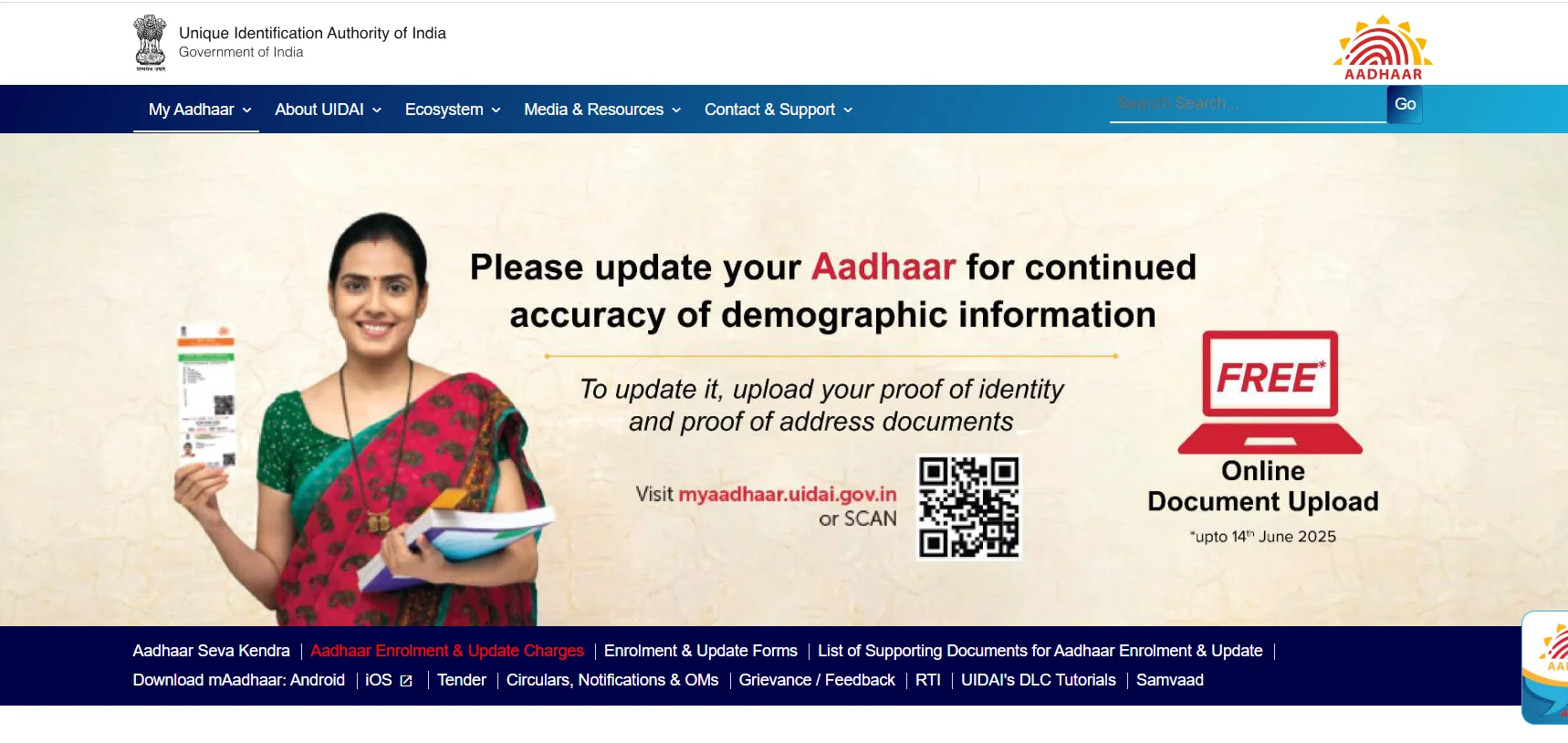
A leak in data in 2018 involving the details of more than 1.1 billion Indian residents showed serious vulnerabilities in security.
Breach Details:
2018, Aadhaar, India’s national biometric identification program, had a serious security flaw discovered. The breach exposed the sensitive biometric and personal information of more than 1.1 billion Indian residents.
The leaked data contained names, addresses, phone numbers, email addresses, photos, as well as sensitive biometric information like fingerprints and iris scans.
This biggest data breach came from a flaw in the Indane state-owned utility company’s website. The website of the company was using an Application Programming Interface (API) without adequate security controls and was directly connected to the Aadhaar database.
As hackers accessed the Aadhaar database in an unauthorized way and even sold the access to others through platforms like WhatsApp at very nominal rates, it proved to be one of the biggest security holes for malicious activities.
Numerous warnings given by the technology community and security researchers did not bother Indian authorities before they repaired and secured this weak access point after months of efforts to solve the problem.
2. LinkedIn– 700 Million Citizen
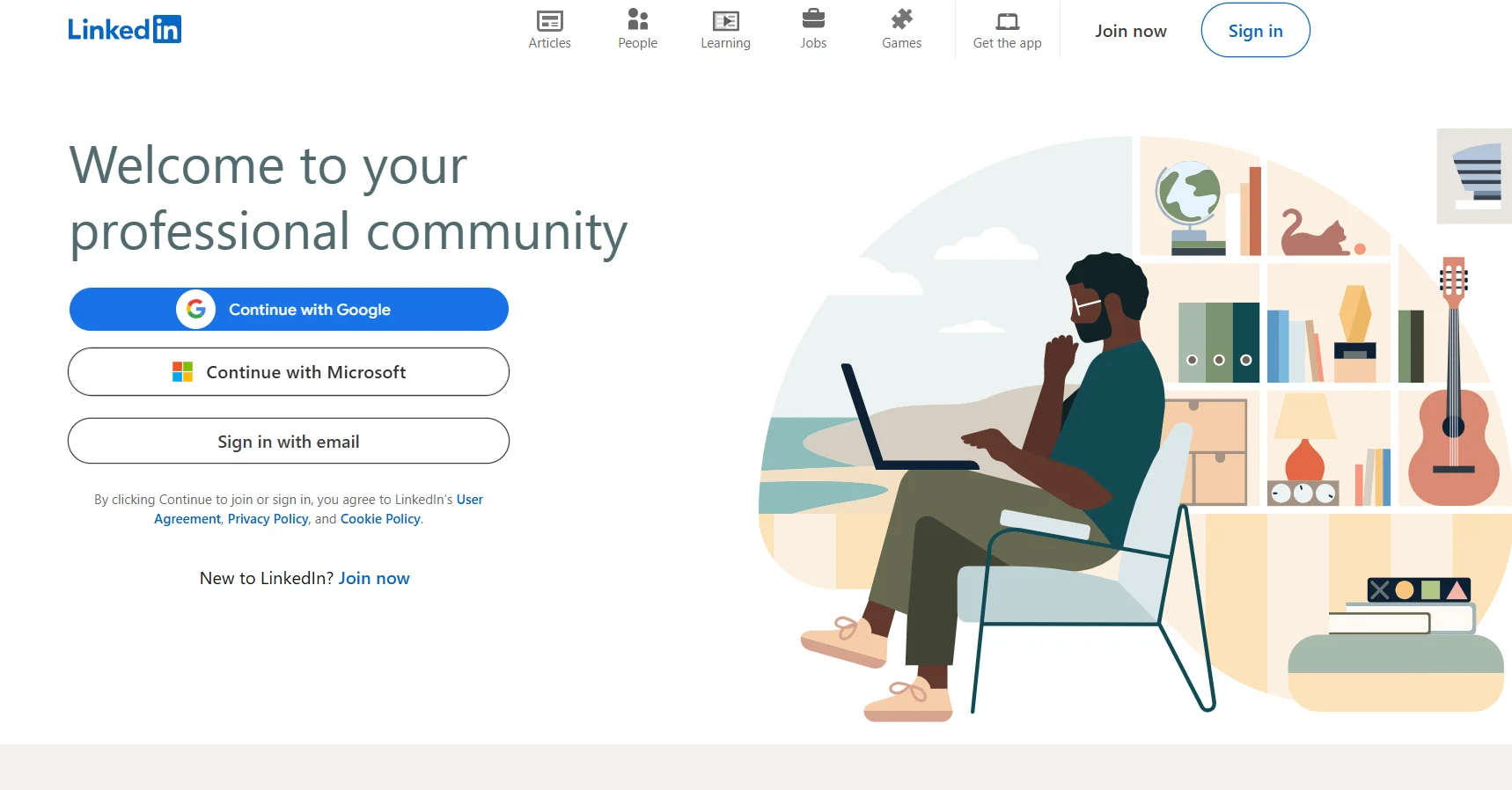
In 2021, over 700 million data scraping incidents were recorded, and this type of data breach is called.
Breach Details:
In April 2021, hackers managed to invade a mammoth data scrape from LinkedIn, resulting in an information pull for over 700 million users, or 93 percent of LinkedIn members.
Although most scraped data were publicly available, it violates LinkedIn policy by using the website API to get data.
Leaked are full names, phone numbers, email addresses, usernames, geolocation coordinates, genders, and social networking profiles linked to the account.
Originally, the hacker “God User” was reported to be selling a database of 500 million users. He increased his claims later to having for sale 700 million records. In June 2021, the dumped data appeared in a dark web forum.
According to LinkedIn, there was no breach of sensitive personal private data, and it characterized the event as a “terms of service violation,” not a “data breach.” But, as a result of the leakage of data, huge security and privacy threats arise.
3. Capital One – 100 Million
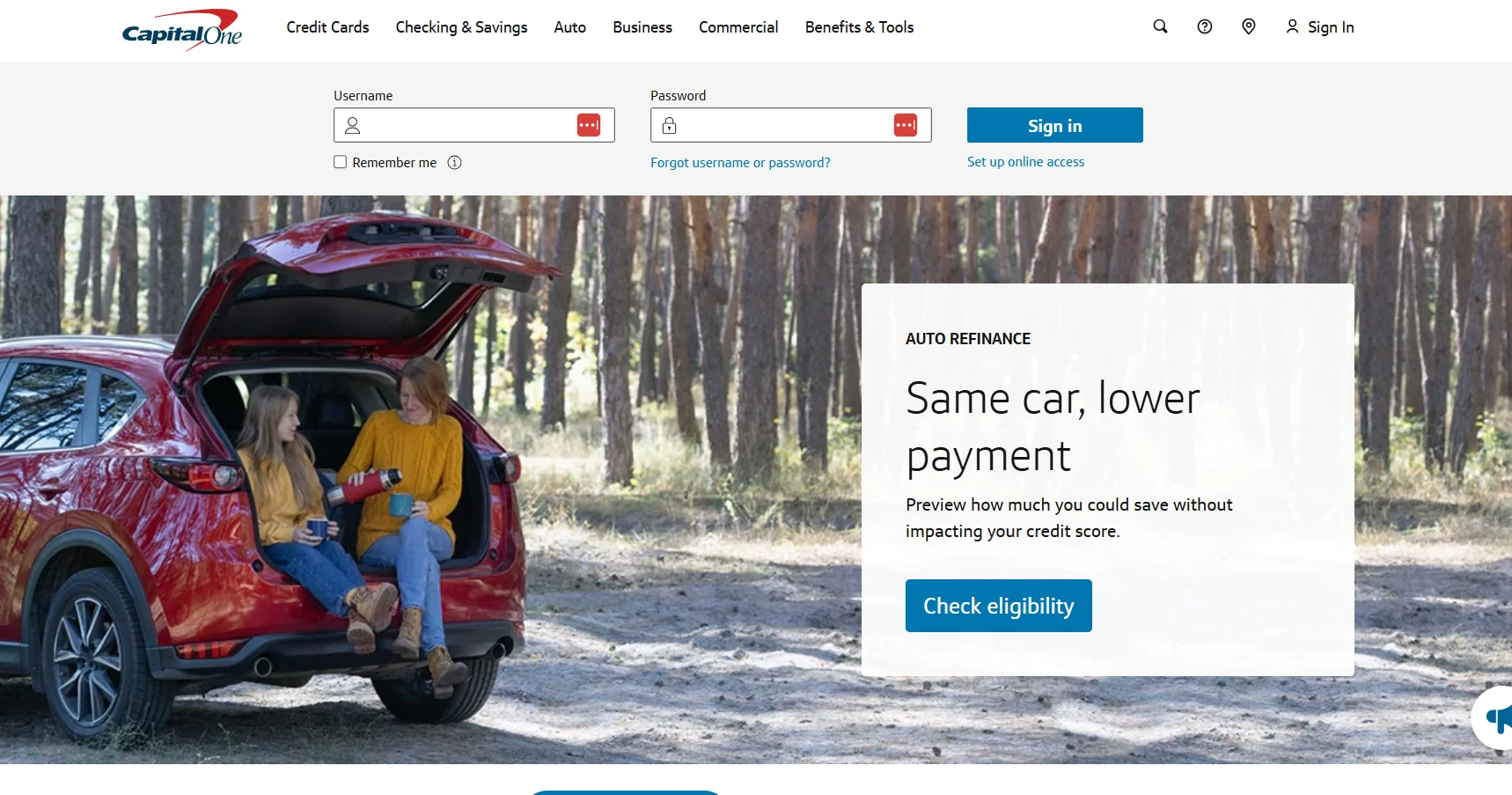
In 2019, the breach was unauthorized access to nearly 100 million users’ records.
Breach Details:
One of the largest data breaches occurred about Capital One in July 2019 perpetrated by an ex-Amazon Web Services (AWS) employee named Paige Thompson.
Using the misconfigured firewall in Capital One’s cloud system, Thompson accessed and downloaded confidential personal data on over 100 million customer accounts and credit card applications dating back to 2005.
This stolen information includes names, addresses, credit histories, account information, Social Security numbers, and Canadian Social Insurance numbers.
4. Adobe– 153 Million User

Almost 153 million user accounts were hacked illegally in 2013.
Breach Details:
This past October, Adobe suffered a major data breach, whereby hackers made unauthorized access into private information from more than 153 million user records.
These comprised Adobe user IDs and passwords, complete names and even credit and debit cards. In addition, they gained access to source codes for programs such as Acrobat and ColdFusion.
Originally, Adobe had limited its estimates of the breach to about 3 million users, but later inspections revealed it to be much larger.
It was a foul smell to the much needy need of cybersecurity, making use of any business with high volumes of user information, all the while needed to participate in the haves.
5. First American Financial Corporation – 885 Million

In 2019, about 885 million records suffered from data leakage.
Breach Details:
A major data leak occurred in First American Financial Corporation, a well-known real estate title insurance business, in May 2019 due to lack of proper security and defective web design.
This attack was classified as a data leakage since, in contrast to a standard data breach, it did not entail hacking. It was rather an Insecure Direct Object Reference (IDOR) vulnerability that provided unfettered access to confidential data without verification or authentication.
What this implied is that anyone who had access to the link to the documents could view them, and users could simply alter the number in the URL to access other customers’ information.
The exposed documents, which were from 2003, contained sensitive information like bank account information, bank statements, mortgage payment records, wire transfer receipts that included Social Security numbers, and even driver’s licenses.
6. Facebook – 533 Million Users

In 2019, around 533 million users globally suffered from unauthorized access and scraping of data.
Breach Details:
A security researcher found an open server that held a database with over 530 million Facebook users’ details in 2019.
This database, which anyone could access, contained phone numbers and Facebook IDs, places, e-mail addresses, as well as other details from user profiles, allowing it to be more convenient to get users’ names and other information. By April 2021, the data had been leaked for free on the internet on a hacking forum.
While the owner of the server was not disclosed, the database was quickly taken down following its discovery. Facebook hinted that the information may have been scraped prior to disabling the feature for finding other users through phone numbers.
7. Yahoo– 3 Billion User
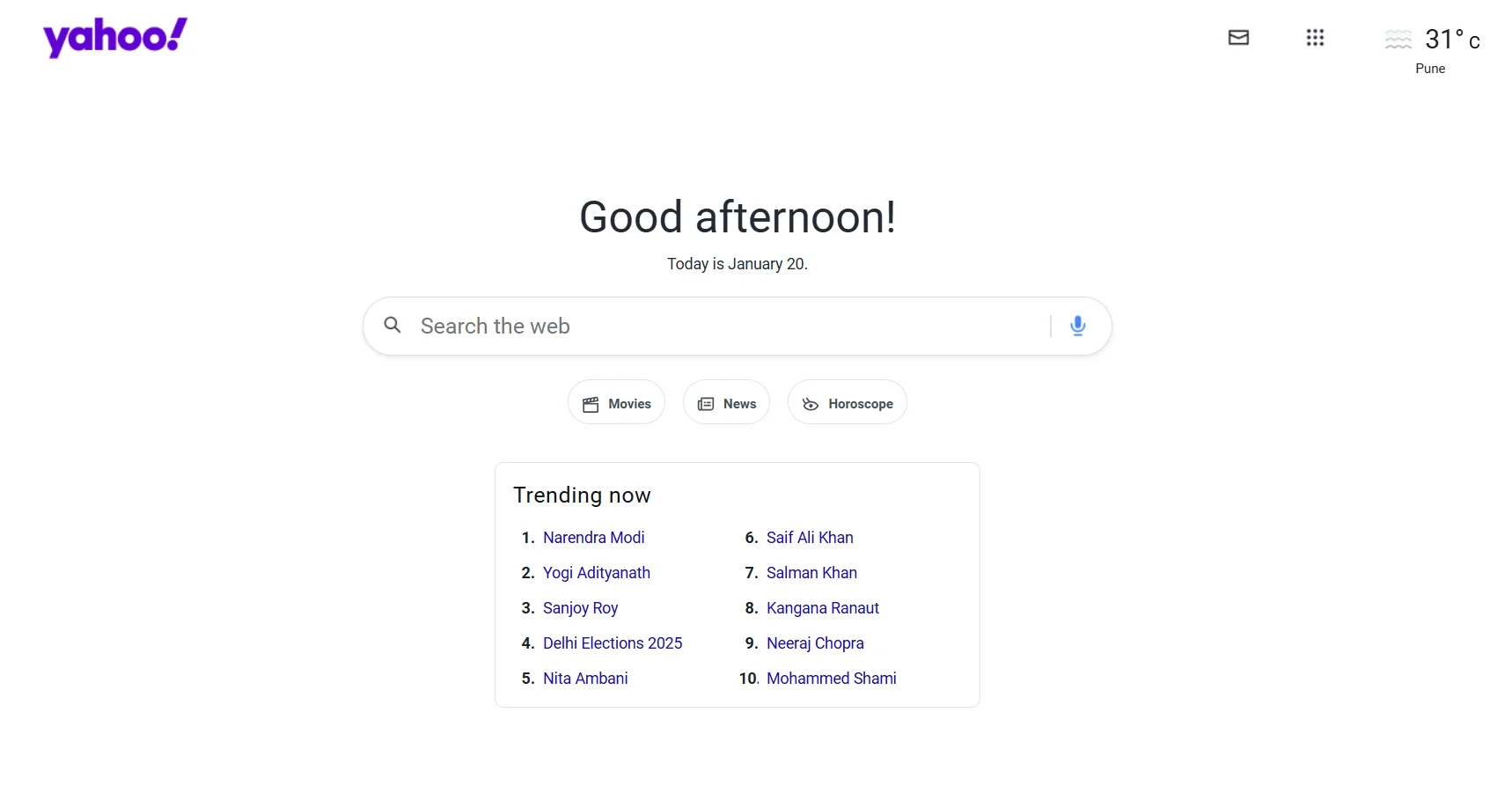
In the years 2013 to 2016, it is estimated that more than 3 billion user accounts were breached without permission.
Breach Details:
In 2016, Yahoo revealed that during a span of 2013-2014, a number of data breaches occurred which compromised more than 3 billion user accounts. Yahoo’s database was breached by Russian hackers through multiple methods like backdoors, stolen backups, and access cookies.
The hackers were able to breach names, emails, phone numbers, date of birth, hashed passwords and even some responses to security questions.
This was one of the most significant data breaches of all times. This points to the reason as to why authorities need to impose much stronger cybersecurity restrictions to safeguard user data against highly sophisticated methods of breaches.
8. Equifax– 148 Million U.S. Citizens
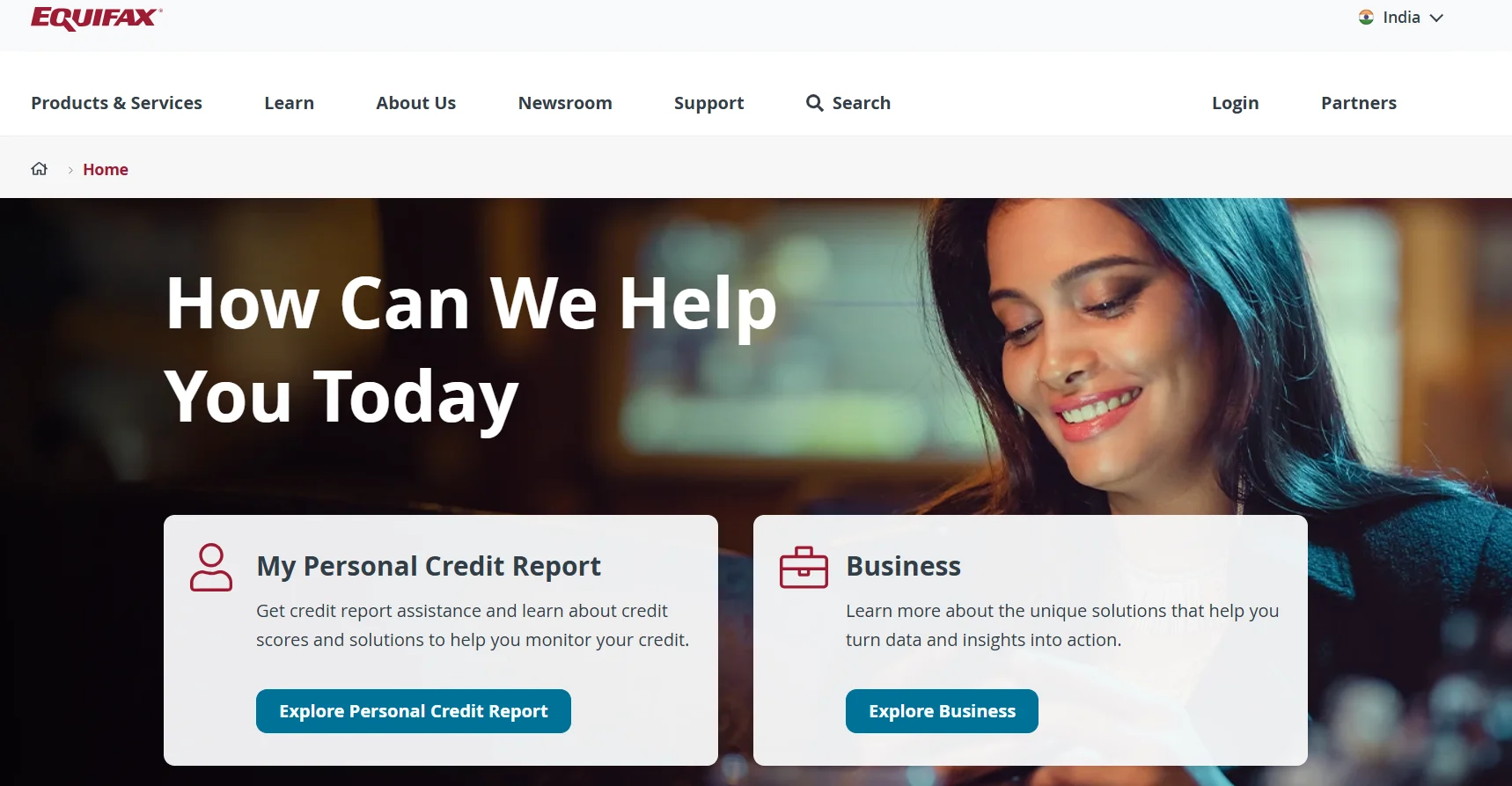
In 2017, there were about 148 million U.S. citizens impacted, totaling 163 million records breached worldwide through unauthorized access.
Breach Details:
Equifax, a core credit reporting agency, in 2017 experienced a monumental data breach. Hackers had taken advantage of a known bug in a third-party web portal, Apache Struts, that Equifax had not patched.
This enabled them to obtain unauthorized access to sensitive personal data of about 148 million U.S. citizens and 163 million people globally.
The data breached consisted of Social Security numbers, birth dates, physical addresses, and, in a few instances, driver’s license numbers.
9. MySpace – 360 Million Accounts

In 2013, more than 360 million accounts were compromised by unauthorized access, which made it one of the largest data breaches ever.
Breach Details:
MySpace was a leading social networking site that suffered a major data breach in 2013. Hackers gained access to sensitive data such as usernames, email addresses, and birth dates of more than 360 million users. The data that was compromised was later sold on the dark web in 2016.
The break was caused by employing an older encryption algorithm, SHA-1, to protect user passwords. SHA-1 generates fixed-length encrypted strings, which are not very difficult to break. More contemporary methods, like salted hashing, give much greater security by prefixing random characters to passwords prior to encryption.
10. JPMorgan – 76 Million Households and 7 Million Small Businesses
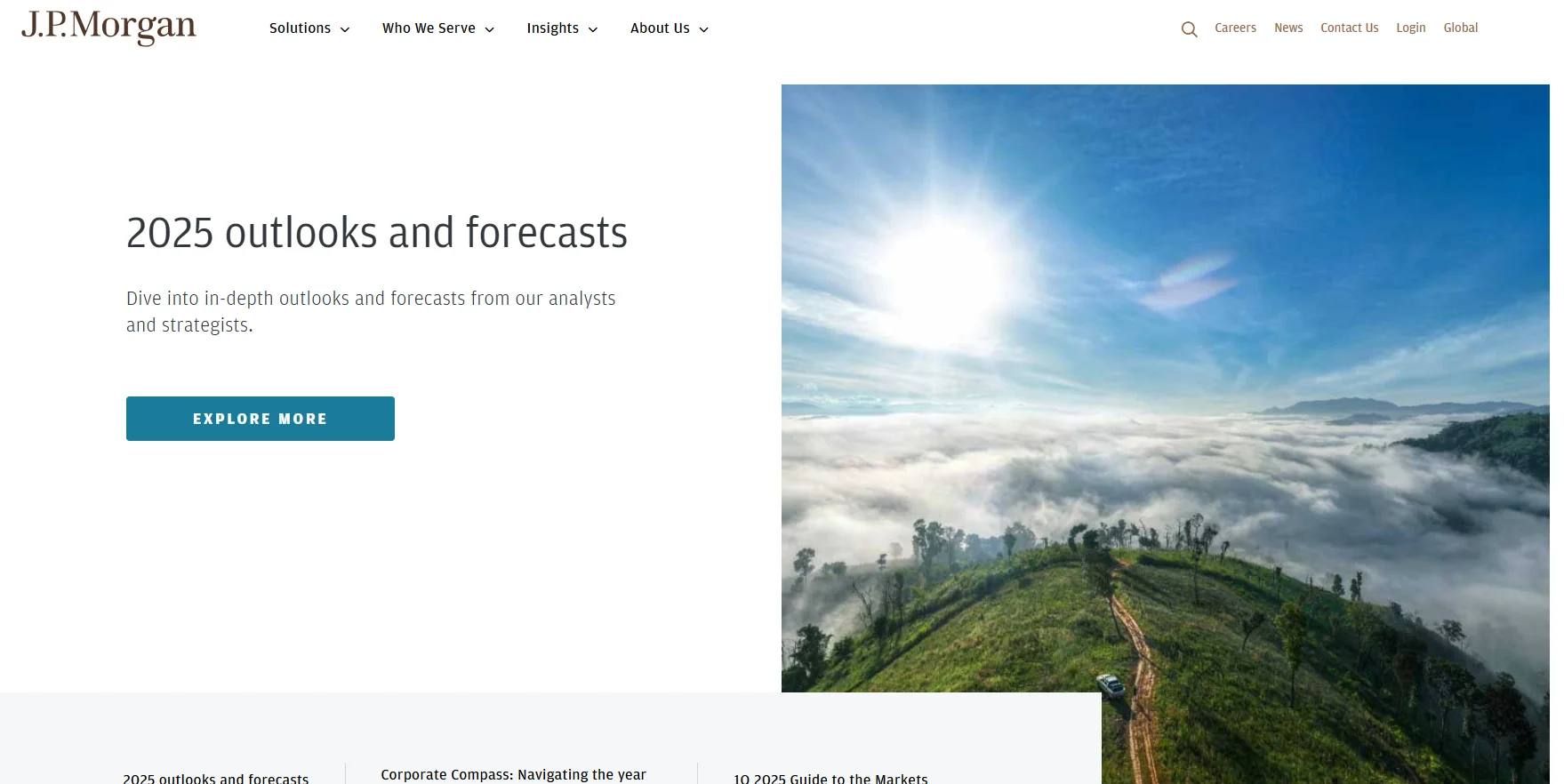
In 2014, 76+ million households and 7 million small companies were victimized by one of the largest ever financial history data breaches.
Breach Details:
JPMorgan Chase, which is among the most prominent banks in the United States, became the victim of a huge data breach in the period between June and July 2014. The cyber attackers initially accessed the bank’s servers using an unauthorized login by way of stealing an employee’s identity.
The leak revealed sensitive customer data, such as names, addresses, phone numbers, and email addresses of over 76 million households and 7 million small businesses. Thankfully, no financial information or account passwords were leaked.
The FBI investigation associated the breach with a Russian-based operation. The hackers aimed to utilize the breached information for a bogus “pump and dump” stock scam. The breach was part of a complex criminal operation to hack other financial institutions, operate illicit online casinos, launder money, and have an unauthorized Bitcoin exchange.
11. Marriott International– 383 Million Guest Records

Between 2014 and 2018, about 383 million guest records were stolen in one of the biggest hospitality industry data breaches.
Breach Details:
Marriott International reported in 2018 that the Starwood Preferred Guest (SPG) reservation database had been targeted by a large-scale data breach. The illicit access occurred over four years, compromising the sensitive data of around 383 million guests.
The compromised information comprised names, addresses, phone numbers, email addresses, passport numbers, SPG account information, birth dates, gender, reservation data, and even encrypted payment card information. Even though the payment card numbers were encrypted, the potential for decryption contributed to the seriousness of the breach.
This ongoing data breaching incident compromised personal data and raised serious issues regarding the security protocols at one of the largest hotel chains in the world.
How to Prevent a Data Breach
Here are some of the most important preparations that can prevent sensitive information from being breached:
1. Strong Password Policy: Passwords should, in an ideal world, be complex and unique across every account.
2. Multi-Factor Authentication (MFA): This level of security ensures that even in a case of password tricking, unauthorized access evaluation will not be possible.
This additional verification, such as a one-time code, is mandatory for the user, along with his password, to log in to the account.
3. Software Updates: Unrestricted access to so-called unpatched software by cyber attackers. Otherwise, any software, including plugins, and system tools, is to be very up to date as it is patched and will greatly cut any exploitation of data.
4. Encrypt Sensitive Information: Encryption should occur for data in transit and in rest. This will make anything a hacker undertakes very tough, even if he breaches the data otherwise.
5. Regular Security Audits: Conduct audits at regular intervals to unearth the potential weaknesses in your systems. Quick mitigation of these irregularities can prevent possible data breaches.
6. Continuous Training and Education to Employees and Users: Most data breaches occur by human error. Employees/users should therefore be trained to recognize phishing attempts, to use safe passwords, and the best practices in general to avoid data breaches.
7. Restrict Access to Data: Access to sensitive information should only be limited to those whose purpose is for the ones who are authorized for viewing it.
8. Threats Monitoring and Detection: Your intrusion detection should be on and the whole system must consistently monitor for hints that something odd is going on.
These preventive measures will, to a great extent, ease the way of becoming prey to data breaches and spoil as little sensitive information as possible.
Ensuring Compliance With The WPLP Compliance Platform
The WPLP Compliance Platform offers a comprehensive solution by combining WP Legal Pages and WP Cookie Consent—two powerful tools designed to help businesses navigate complex privacy regulations. By integrating these compliance solutions, website owners can ensure transparency, enhance data security, and provide users with greater control over their personal information.
These plugin see to it that your site will comply with global privacy standards so that incidents involving data breaching are minimized.
WP Legal Pages

WP Legal Pages makes it easy to create necessary legal documents like privacy policies, terms and conditions, disclaimers, etc. All these pages are vital in keeping things transparent and gaining users’ trust while complying with regulations like GDPR, CCPA, etc.
WP Cookie Consent
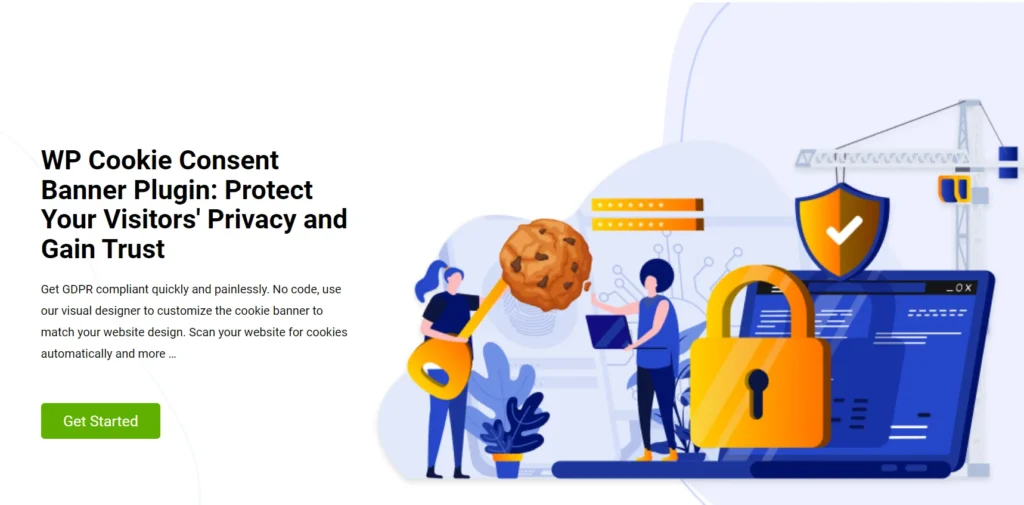
WP Cookie Consent guarantees that your website is in line with cookie compliance by providing customisable cookie banners. The plugin allows the users to control their cookie choices, important in establishing confidence and preventing legal fines for breaches and non-compliance.
Integrating WP Legal Pages and WP Cookie Consent into your site shows dedication to user data protection and meeting international privacy standards. These solutions and the above security measures give a holistic method of preventing data breaches and protecting sensitive data.
FAQ
A data breach refers to an unauthorized access to sensitive data such as personal or financial information.
Some of the most significant breaches include MySpace (2013), Equifax (2017), and Marriott (2014–2018), which compromised millions of records.
Employ strong passwords, activate multi-factor authentication, update software, and stay away from phishing scams.
Data breaches can result in identity theft, financial loss, and reputation loss.
Conclusion
Data breaches such as those that occurred at Marriott, JPMorgan Chase, and Equifax underscore the serious effect of data breaches on persons and organizations. The breaches result in financial loss, identity theft, and broken trust.
Preventing such violations needs proactive steps such as sophisticated encryption, frequent security audits, and phishing and password security education for users. Although no system is foolproof, being vigilant and embracing layered security measures can dramatically minimize risks.
Lessons from previous breaches can better safeguard sensitive data and provide a more secure digital environment. We suggest using the WPLP compliance platform to avoid Data Breaches.
If you like reading this articles, then you will love reading these as well;
